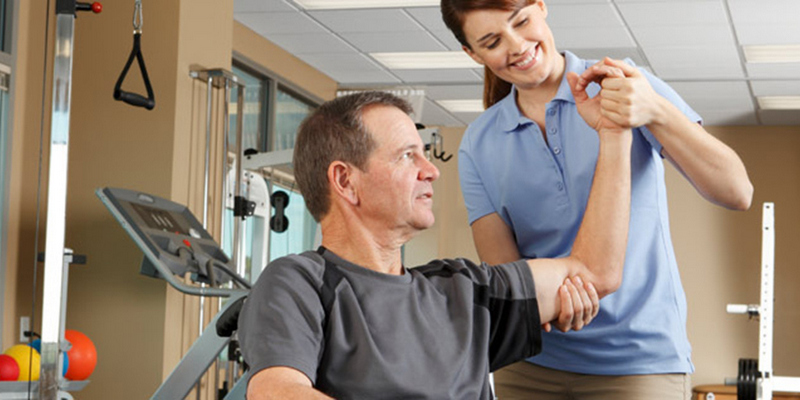The Main Difference Between Work-related Therapy and Physical Rehabilitation
Physical rehabilitation and work-related therapy form an essential pillar of complementary medicine that improves functional, muscular and structural stability in individuals however, it’s significant that work-related therapy and physical rehabilitation are entirely various and distinct tools of rehabilitation.
Physical rehabilitation handles increasing the muscular and structural support from the tissues and tendons after a severe or chronic insult. The purpose of physical rehabilitation would be to restore activity without having affected the standard recovery process.
Work-related therapy handles helping individuals in adjusting to their injuries to be able to maximize productivity and functional independence. An work-related counselor works well for optimizing the mobility with the aid of equipments and devices after an injuries that can lead to permanent disability. Work-related therapists also play a preventive role by guiding normal individuals to utilize their physiques and never against their physiques that’s a leading reason for irritated deterioration injury and injuries.
Physiotherapists utilize their vast understanding from the human musculoskeletal system, anatomy and physiological functioning of muscles, joints and ligaments to be able to restore mobility and full-range of joint activity. Simultaneously, physical rehabilitation exercises and maneuvers also decrease the chance of joint destruction and muscle injuries.
Work-related therapists assist in enhancing coping skills in individuals after injuries. Work-related therapists use family, relatives, buddies and colleagues to make the transition less painful and much more useful for that recovering patient.
Physical counselor works right after the injuries within the initial recovery course after primary injuries while the expertise of work-related therapists are usually necessary for the rehabilitation course once the patient has fully retrieved in the initial injuries.
Provision of physical rehabilitation may enhance the situation and mobility of people. Physiotherapists perform interventive therapies like massage, acupuncture, exercises and manual therapies to enhance the functioning from the body.
Work-related treatments are performed once the patient has fully retrieved and also the sole purpose would be to improve the caliber of existence by not letting the disability to modify the existence of people. Work-related therapists customize the surroundings and also the lifestyle mainly rather of devising any treatment modalities.
Physiotherapists mainly use teams and athletes (since athletes are most susceptible to musculoskeletal injuries and wish the help of physiotherapists most). Additionally, physiotherapists work with surgical units, burn centers, nursing facilities and trauma centers to be able to deal with patients that are suffering from moderate to severe injuries involving joints (limb joints or spine joints).
Work-related therapists are often used in rehabilitation centers to handle the patients who’ve endured permanent damage and disabilities. Work-related therapists train patients to make use of special devices and equipment like assistive hearing devices, walking aids, powerpoints along with other equipment that reduce the reliance on caregivers therefore reduces economic and mental dependence. Almost 48% of work-related therapists operate in the offices of speech and physiotherapists (Bls).
Physiotherapists mostly are active in the control over musculoskeletal stability while work-related therapists generally cover every aspect of an individual’s existence including social (by improving physical independence), mental (by counseling), economic (by reducing the caregiver dependence) and professional (by modification of labor-atmosphere or skill-set training).
Physiotherapists need a Bachelors or Masters in Physical rehabilitation adopted by learning an actual therapy setting. Similarly in order to be an work-related counselor, individuals need a Bachelors or Masters in Work-related therapy however no training or experience is usually needed to be able to start the practice (based on the reports of Bls).
In an average, you will find almost two times just as much job openings for physiotherapists than work-related therapists (198,600 job openings this year for physiotherapists when compared with 108,800 job openings for work-related therapists).
To summarize, work-related therapy and physical rehabilitation both constitute important tools of rehabilitation and recovery after moderate physical, musculoskeletal, vascular or nerve injuries. Even though the primary functioning and aims from the therapies overlap considerably, it may be securely mentioned that in some cases, individuals need both physical rehabilitation and work-related therapy to acquire maximal benefits.




